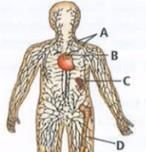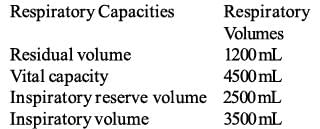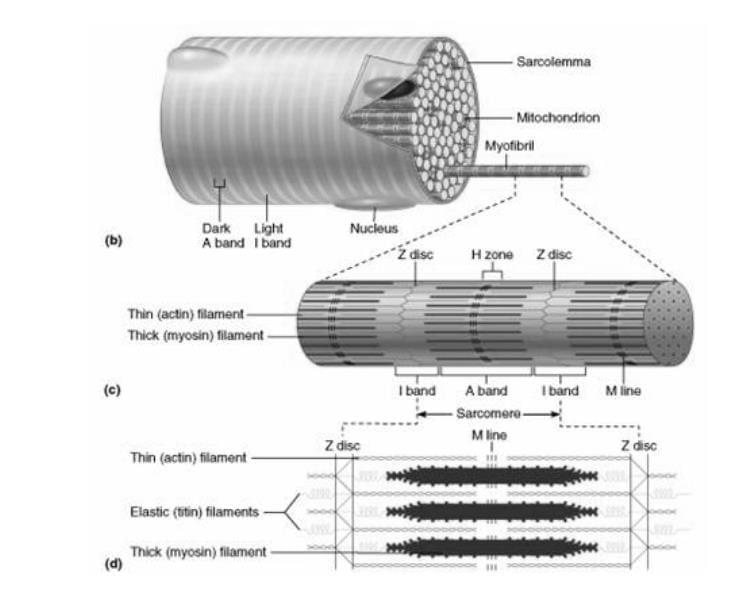SRMJEEE Biology Mock Test - 5 - JEE MCQ
30 Questions MCQ Test - SRMJEEE Biology Mock Test - 5
Given below are the diagrammatic representation of position of floral parts on thalamus, condition of ovary and example. Find the correctly matched combination?
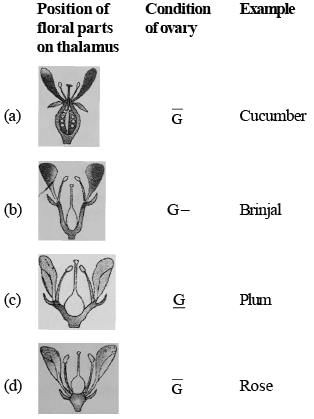

What percentage of a human adult's body weight is contributed by muscles?
How many types of leukocytes are primarily categorized?
Which of the following changes occur in diaphragm and intercostal muscles when expiration of air takes place?
The given diagram:
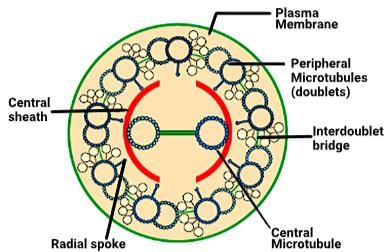
I. shows the diagramatic reresentation of the ultra-structure of centriole
II.shows the 9 + 2 arrangement of the axeonemal microtubules of the cilia/fragella
Which floral part is responsible for producing pollen grains?
Which part of the nephron is responsible for the reabsorption of water and solutes from the filtrate?
The interphase between meiosis I and II, when present, is called
Which is correct?
a) Argemone – axile,
b) China rose – free central,
c) Lemon – axile,
d) mustard – parietal.
Which of the following would help in prevention of diuresis?
In the floral formula "K(5) C(5) A5 G(2)", what does the symbol "G(2)" represent?
Which of the following is NOT a feature of prokaryotic cells?
Select the events that do not occur in interphase stage of cell-cycle
(i) RNA and protein synthesis.
(ii) Cytoplasmic growth.
(iii) Polymerisation of spindle fibres protein.
(iv) Disappearance of Golgi bodies and ER.
(v) DNA molecules in highly supercoiled stage.
What is the average weight of an adult human kidney?
Listed below ar e four r espiratory capacities (i–iv) and four jumbled respiratory volumes of a normal human adult:
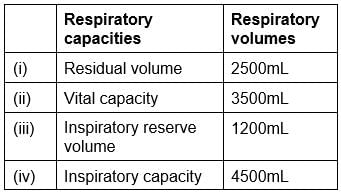
Which one of the following is the correct matching of two capacities and volumes?
Which among the following is incorrect about different types of cells?
What is the role of calcium ions in muscle contraction?
What is the effect of hypersecretion of growth hormone in adults?
What causes the striated appearance of skeletal muscles?
Given figure represents the maturation of pro-insulin into insulin. Identify the product A.
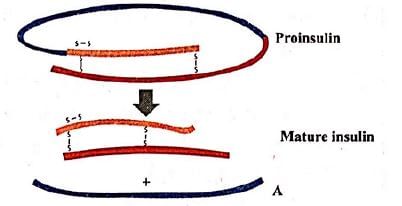
Identify the blank spaces A, B, C and D in the table given below and select the correct answer.

What is the nature of blood passing through blood vessels A, B, C and D respectively?
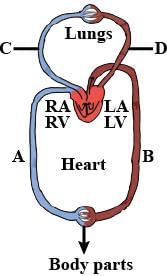
The diagram given below represnts the histology of a striped muscle. Label the parts A,B,C,D,E and F
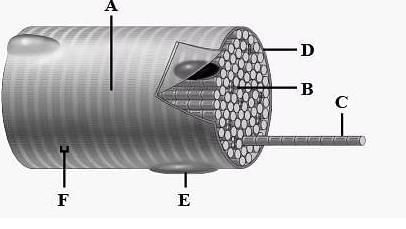
Study the given figure of respiratory passage carefully and identify the parts labelled as A, B, C, D and E.
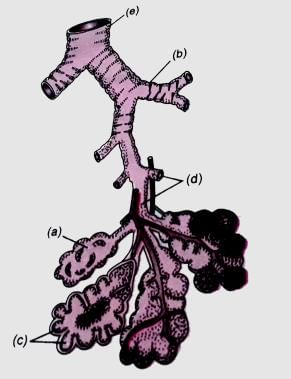
Given below is the diagram of human lymphatic system, where A, B, C and D are lymphoid organs. Select incorrect option regarding the lymphoid organs labelled as A, B, C and D.
